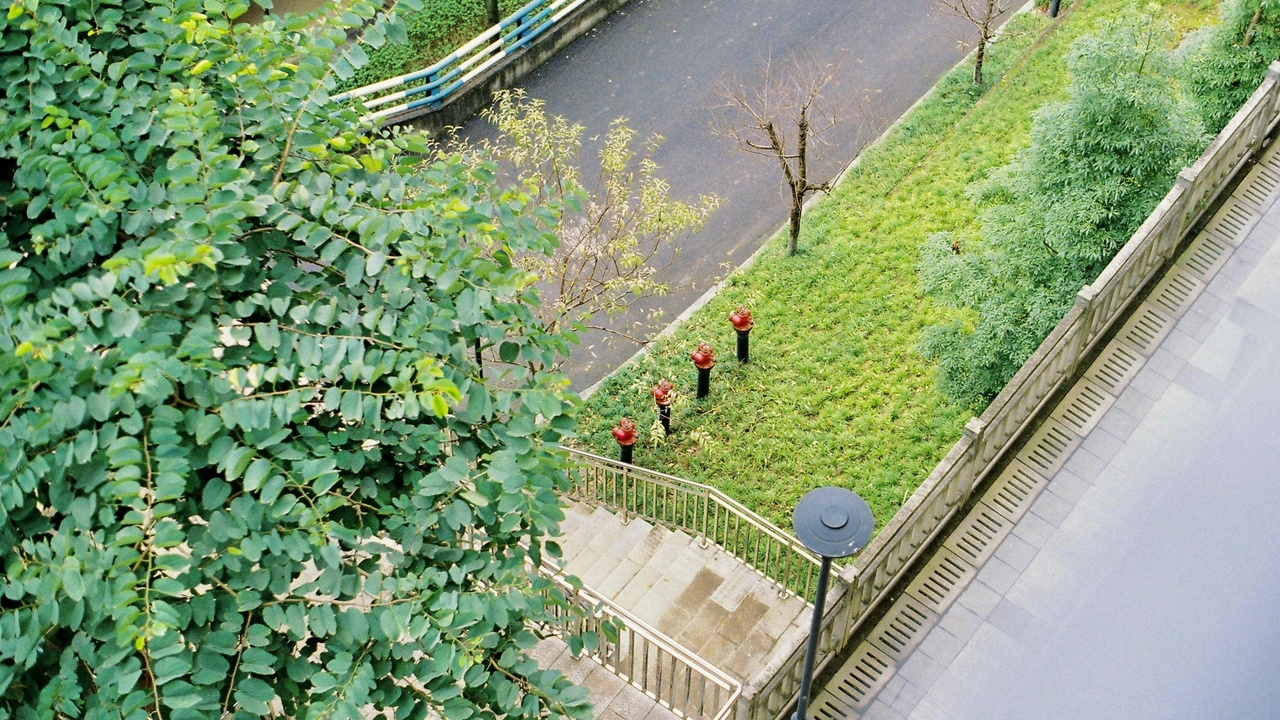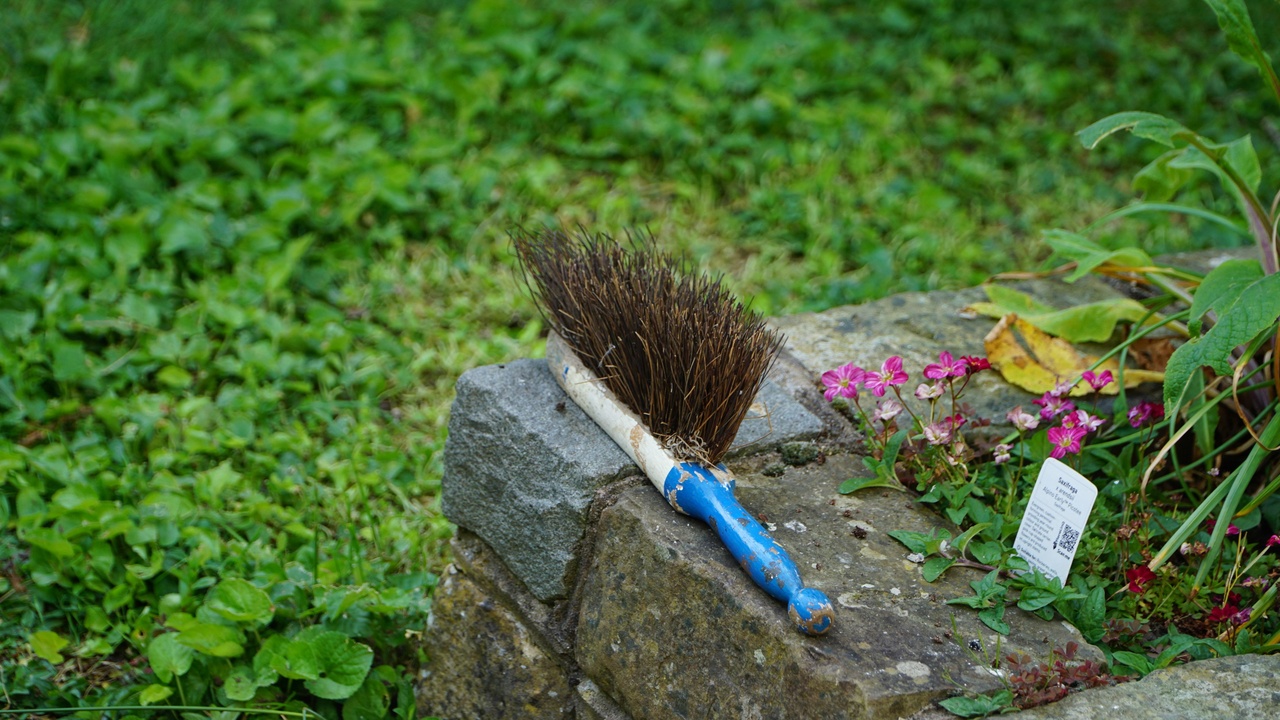8 Ways to Control Garden Slugs Naturally
Ever wake up to find young lettuce or hosta leaves shredded overnight and wonder what invisible pest is to blame?
Slugs are common because they feed at night, love damp, cool conditions, and can hide in mulch, under pots, or in garden debris. Many gardeners prefer non-chemical options to protect children, pets, pollinators, and soil life.
You don’t need harsh chemicals to protect your plants—practical, natural methods can reduce slug damage while supporting a healthy garden ecosystem. Using several complementary tactics tailored to your layout and season gives the best results.
This guide groups eight tested approaches into four categories—barriers & design, biological controls, traps & baits, and cultural maintenance—and suggests combining methods rather than relying on one fix.
Barriers & Garden Design

Physical barriers and thoughtful garden layout stop or slow slugs before they reach tender leaves. Slugs dislike rough, dry, or electrically reactive surfaces, and changing microhabitats makes your beds less attractive to them.
Barriers work best on seedlings and high-value ornamentals; combine them with habitat reduction and regular checks during spring and autumn slug activity peaks.
1. Copper tape and metal edging
Copper repels slugs by producing a mild electrical reaction when their slime contacts it, and horticultural authorities such as the Royal Horticultural Society note copper tape is a popular low-toxicity barrier for pots and trays.
Wrap commercially available copper gardening tape around pot rims or fix it to raised-bed sides so there are no gaps. Expect to pay roughly $3–$8 per meter depending on brand, and inspect the tape monthly for corrosion or dirt.
Overlap joints, secure tape with small clips or outdoor adhesive, and remove leaf litter or stems that could create a “bridge” over the tape. Copper works well for containers and narrow beds but is most effective combined with other measures.
2. Gritty barriers (crushed eggshells, diatomaceous earth)
Abrasive surfaces deter slugs by irritating their foot and damaging mucus. Crushed eggshells, horticultural grit, and coarse sand create an uncomfortable ring around plants.
Diatomaceous earth (DE) is desiccating to many soft-bodied pests but loses much of its effect once wet, so apply DE on dry nights and reapply after heavy rain or watering—typically within 24–48 hours.
Collect and crush eggshells from the kitchen, or use purchased grit around seedlings. Take care not to blanket flower beds with DE where you might harm ground-dwelling beneficial insects.
3. Raised beds, narrow rows, and plant placement
Changing garden structure reduces slug-friendly habitat and makes plants harder to reach. Raised beds warm and dry faster, which is less attractive to slugs.
Use smooth-sided beds (metal or plastic edging) to limit climbing, space rows to increase airflow, and avoid planting tender seedlings beside dense, damp mulch. Early-season lettuce can be grown in pots on benches to cut exposure.
Create dry buffer zones with gravel or low-aridity groundcovers such as thyme along the edges of vegetable beds to reduce slug movement into planted areas.
Biological and Ecological Controls

Supporting natural predators and using targeted biological agents reduces slug populations without broad-spectrum poisons. This approach focuses on building a balanced ecosystem that keeps pests in check.
Always check local regulations and extension recommendations before purchasing biologicals, and integrate these options with habitat management to get lasting benefits.
4. Encourage natural predators (birds, frogs, hedgehogs, beetles)
A healthy predator community can significantly lower slug numbers. University extension services report ground beetles and some bird species reduce slug activity in vegetable plots.
Add small wildlife features: a 12–24 inch (30–60 cm) shallow pond for amphibians, log piles and rock refuges for beetles and hedgehogs, and nest boxes or native hedgerows to attract insectivorous birds.
Avoid broad-spectrum insecticides and clear only small patches at a time so predators retain shelter and food. These habitat features boost biodiversity while providing ongoing natural slug suppression.
5. Beneficial nematodes (slug-targeting biologicals)
Parasitic nematodes—sold for slug control in many countries—infect and kill slugs. Products using Phasmarhabditis species are available regionally and are accepted as low-toxicity options where approved.
Apply nematodes when soil temperatures are about 10–20°C and the soil is moist. Follow label rates, water the treated area before and after application, and focus on hotspots rather than treating large landscapes.
Effectiveness varies with conditions and may require repeat applications 7–14 days later. Check local extension services for recommended brands and registered uses in your area.
Traps, Baits, and Targeted Removal

Traps, baits, and hand removal give immediate reduction of slug numbers. Use these methods strategically to knock down active populations while you improve habitat and barriers.
Expect traps and baits to produce short-term results; pairing them with sanitation and predator support improves long-term control.
6. Beer traps and other bait traps
Shallow beer traps lure slugs into containers where they drown. They’re easy to set up and give visible reductions overnight in hotspots.
Sink a shallow yogurt pot or tuna can level with the soil and add beer or a yeast-and-sugar water mix. Check and empty traps daily—most small gardens catch a few dozen slugs per trap on active nights, though counts vary widely.
Traps can also attract neighboring slugs, so use them near boards, compost edges, or dense mulch to concentrate removals. Keep traps away from pets and children or use covered designs.
7. Iron-phosphate baits and hand-picking
Iron-phosphate baits are accepted in many organic programs and cause slugs to stop feeding and die in the soil. Brands such as Sluggo (North America) and similar regional products are labeled for home garden use.
Apply baits according to label rates and reapply after heavy rain. Place pellets in patches rather than broadcasting, and keep bait away from water features and pet feeding areas.
Hand-picking remains one of the most reliable tactics for small plots. After dusk, spend 20–30 minutes with a torch in problem beds; a single gardener can collect dozens of slugs on a heavy night. Wear gloves and dispose in a bucket of soapy water, bury far from the garden, or follow local guidance if using poultry to remove them.
Cultural Practices and Seasonal Maintenance

Routine garden care shifts moisture, shelter, and food availability and reduces slug-friendly conditions over time. Small, regular tasks produce cumulative benefits.
Monitor where slugs appear and adjust practices seasonally—spring and autumn are the main peaks—so efforts focus when they matter most.
8. Garden hygiene, watering timing, and seasonal sanitation
Keeping the garden tidy removes refuges and breeding spots. Clean up plant debris in spring and fall, store pots upside down, and move firewood away from vegetable beds.
Water in the morning rather than evening so beds dry before nightfall. Use drip irrigation or soaker hoses on a morning schedule to reduce overnight dampness that slugs favor.
Set a seasonal checklist: in spring, clear old mulch, turn compost piles, and inspect low, shaded corners; in autumn, remove fallen leaves and stack logs where they won’t border beds. Keep a simple sketch of your plot and mark slug hotspots so you can target measures next season.
Summary
- Combine multiple natural methods—barriers, habitat changes, predators, and targeted traps—for the best long-term results.
- Prioritize habitat modification and garden hygiene (morning watering, removing debris) before relying on baits; use iron-phosphate baits or nematodes only as targeted tools.
- Start with two or three tactics this season (for example, a night-time hand-pick plus copper tape around pots) and monitor results; check traps nightly and log hotspots for 7–14 days.
- Schedule spring and autumn cleanup tasks and consider biological supports—shallow ponds (12–24 inches) and native hedging—to encourage predators that reduce slug pressure.


